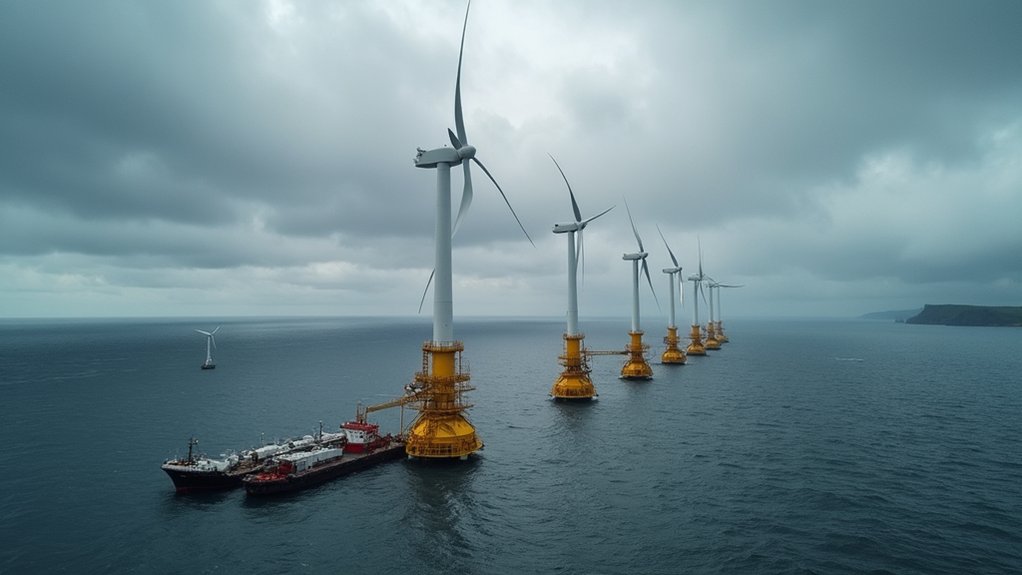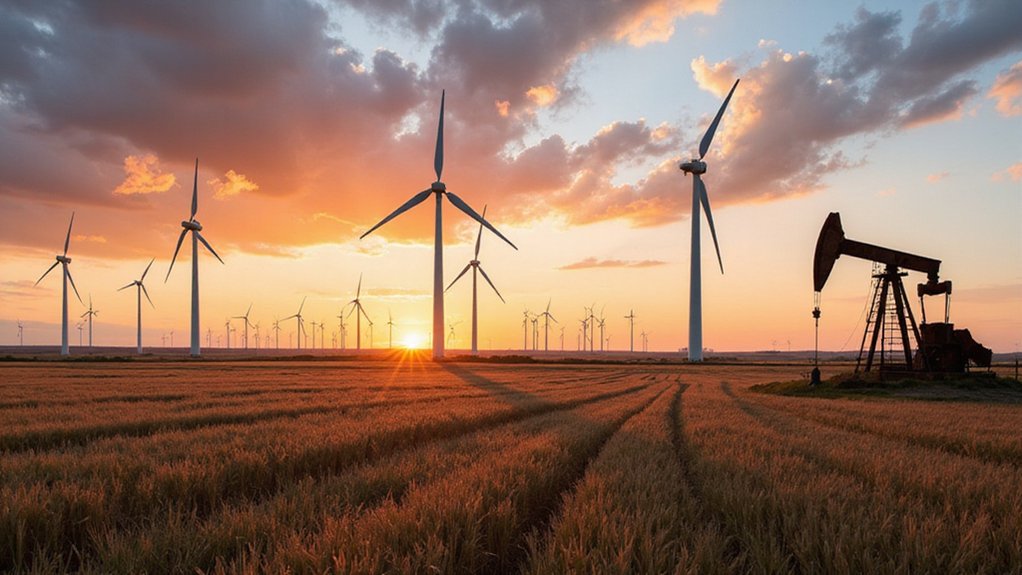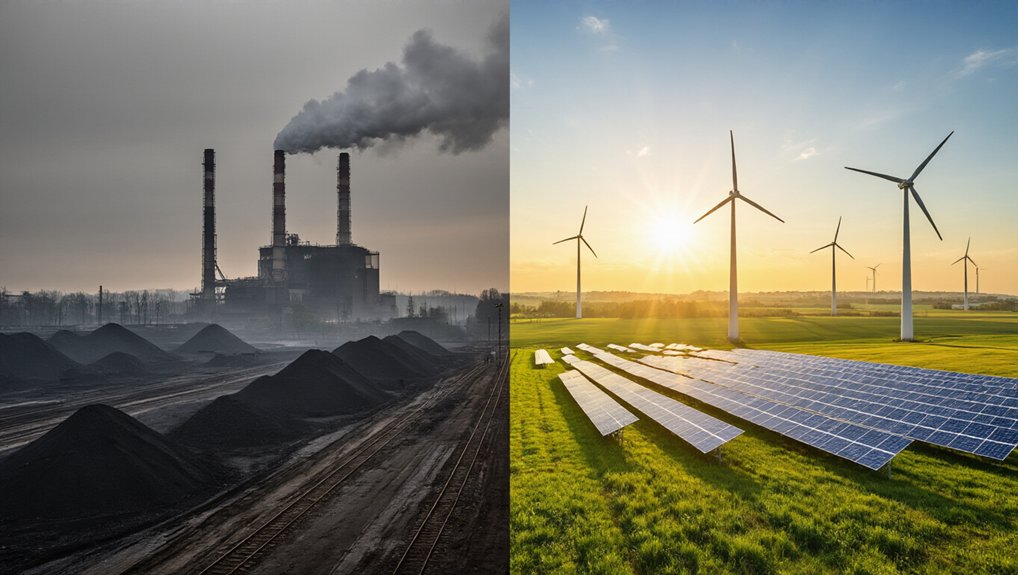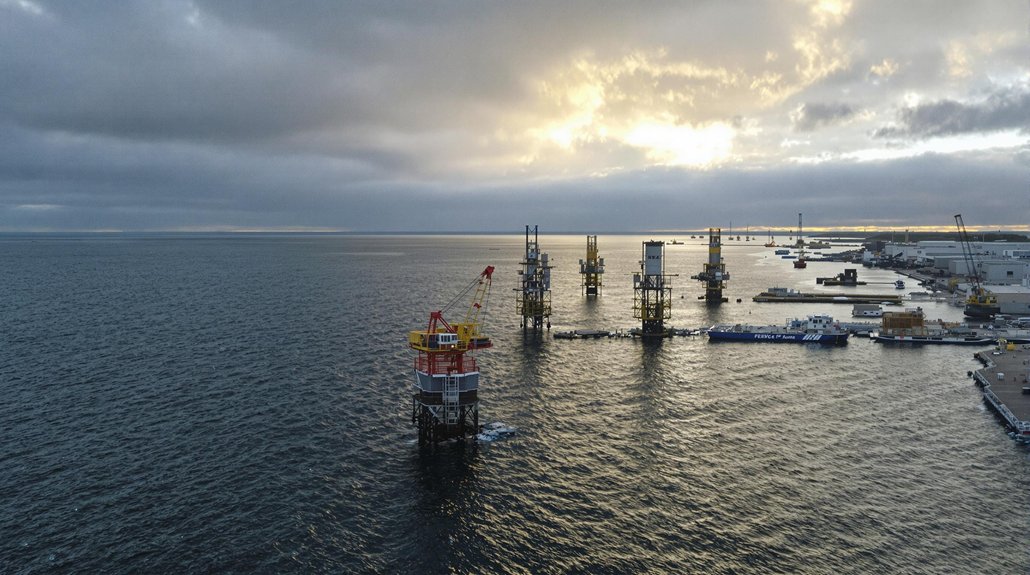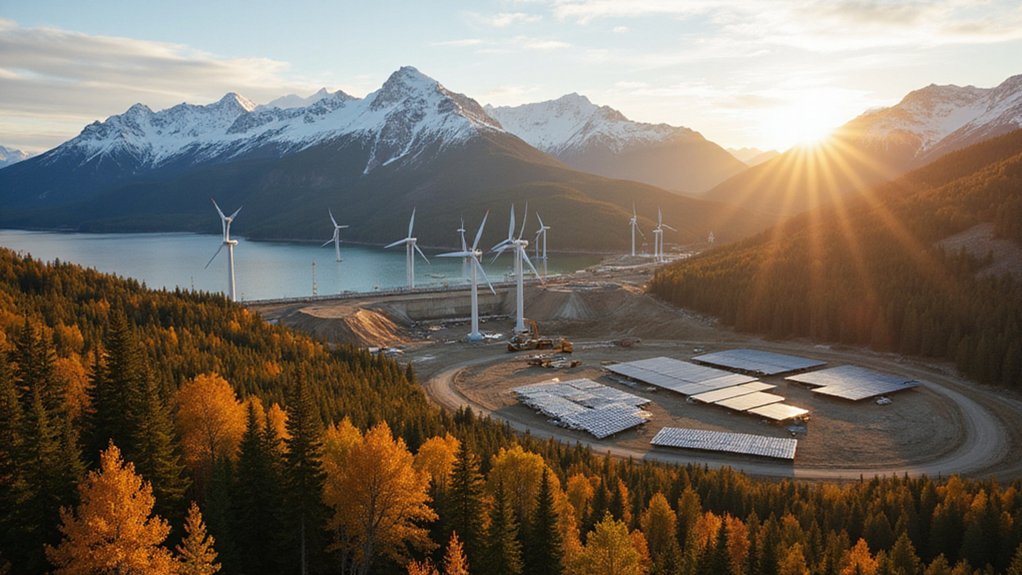The massive Hornsea 4 wind project off Yorkshire’s coast won’t be moving forward. Ørsted, the Danish energy company behind the project, pulled the plug due to rising costs and supply chain problems. The project would have powered over one million homes with clean energy. This cancellation isn’t isolated—it’s part of a troubling trend in offshore wind development. Industry experts wonder if government incentives can offset the economic challenges that are putting renewable energy goals at risk.
After nine months in development, the Hornsea 4 offshore wind project off the Yorkshire coast has been discontinued in its current form by Ørsted, the world’s largest offshore wind developer. The company cited adverse economic conditions, supply chain challenges, and increased execution risks as the main factors behind this decision.
Ørsted will keep the project rights in their development portfolio, suggesting they may revisit the project in the future with a more value-creating approach. The company isn’t abandoning the Hornsea Zone completely, which already has a combined capacity exceeding 5 gigawatts.
The financial impact of this decision is substantial. Ørsted expects break-away costs to reach between DKK 3.5 to 4.5 billion in 2025. The EBITDA impact is projected at DKK 3.0 to 3.5 billion, which includes write-downs of offshore transmission assets and contract cancellation fees. The company will also write down approximately DKK 0.5 to 1.0 billion in capitalized construction costs.
This decision comes amid challenging times for the offshore wind industry. Rising costs have affected project viability globally, even as the UK positions itself as a leader in offshore wind development. The cancellation follows a similar decision by developer Vattenfall who also halted a 1.4GW wind farm in Norfolk due to economic challenges.
The Hornsea Zone has been a significant part of the UK’s renewable energy environment. Hornsea Project One, which received final investment approval in 2016, became the world’s first offshore wind farm to exceed 1 gigawatt capacity. It can power more than one million UK homes across its 407 square kilometer area located 120 kilometers off the Yorkshire coast.
Despite this setback, other Hornsea projects continue to progress. Hornsea 3 is designed to generate enough green energy to power more than three million UK homes.
These large-scale offshore wind projects create local jobs and support the UK supply chain development. For example, a £25 million contract was awarded to Balfour Beatty for onshore substation construction for Project One. The project would have helped reduce greenhouse gas emissions significantly while contributing to the UK’s energy independence.
Ørsted has affirmed its belief in the long-term fundamentals of offshore wind in the UK, which continues to play a crucial role in the country’s shift to a low-carbon energy system.
References
- https://orsted.com/en/company-announcement-list/2025/05/orsted-to-discontinue-the-hornsea-4-offshore-wind–143901911
- https://electricityinfo.org/news/offshore-wind-761/
- https://www.blackridgeresearch.com/blog/latest-list-top-upcoming-offshore-wind-farm-plant-mill-power-projects-in-england-united-kingdom-uk/
- https://hornseaproject3.co.uk/about-the-project
- https://www.pbo.co.uk/news/investment-confirmed-for-worlds-largest-offshore-wind-farm-26443
